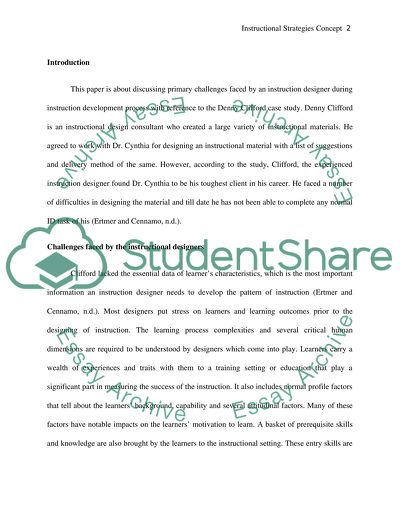Cite this document
(“Instructional Strategies Concept Research Paper”, n.d.)
Instructional Strategies Concept Research Paper. Retrieved from https://studentshare.org/education/1482696-instructional-strategies-concept
Instructional Strategies Concept Research Paper. Retrieved from https://studentshare.org/education/1482696-instructional-strategies-concept
(Instructional Strategies Concept Research Paper)
Instructional Strategies Concept Research Paper. https://studentshare.org/education/1482696-instructional-strategies-concept.
Instructional Strategies Concept Research Paper. https://studentshare.org/education/1482696-instructional-strategies-concept.
“Instructional Strategies Concept Research Paper”, n.d. https://studentshare.org/education/1482696-instructional-strategies-concept.


